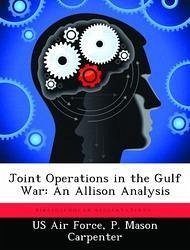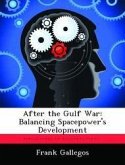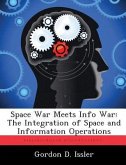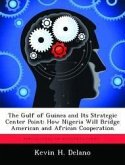To what extent was the effectiveness of joint operations in the Gulf War influenced by individual service perspectives? This study uses Graham Allison's three models of bureaucratic behavior (Model I, Rational Actor; Model II, Organizational Process; and Model III, Bureaucratic Politics) to answer this question. The value of interservice integration has been recognized for a long time. The Department of Defense Reorganization Act of 1986 (Goldwater-Nichols) made significant strides integrating the services at the most senior levels, that is, the component commanders and above. The study concludes that, in general, at the component commander level and above during Operation Desert Shield/Desert Storm, rational decisions were made and rational actions were implemented to prosecute the war (Model I behavior). The Goldwater-Nichols legislation did not make as much headway, however, in integrating the services below the level of component commander. Unlike the most senior levels of command, decisions made and actions taken were not always implemented for the most rational reason. For the most part, decisions and actions were Model I. But at times, decisions and actions were not optimal because the decisionmaker/actor lacked information, had a different service perspective, and/or inadequately understood and empathized with members of the other services (primarily Model II, but with traces of Model III as well). Based on these findings, the study suggests in order to continue to improve interservice integration, we need to teach concepts of service integration early in an officer's career, expand joint interaction and provide some additional standardization among theaters.
Hinweis: Dieser Artikel kann nur an eine deutsche Lieferadresse ausgeliefert werden.
Hinweis: Dieser Artikel kann nur an eine deutsche Lieferadresse ausgeliefert werden.








